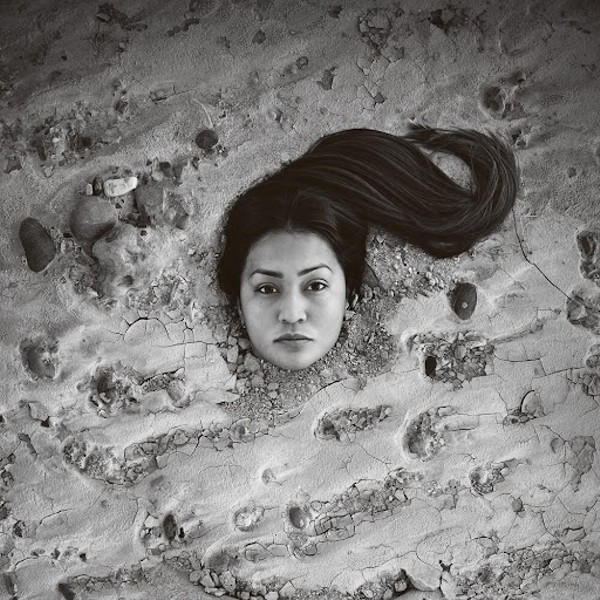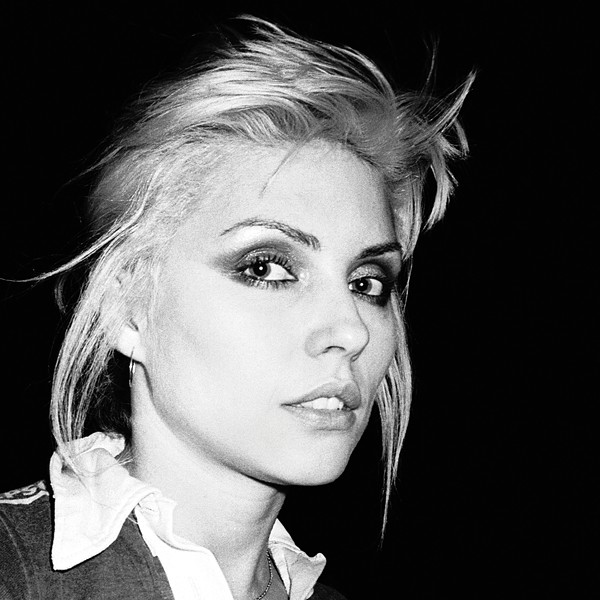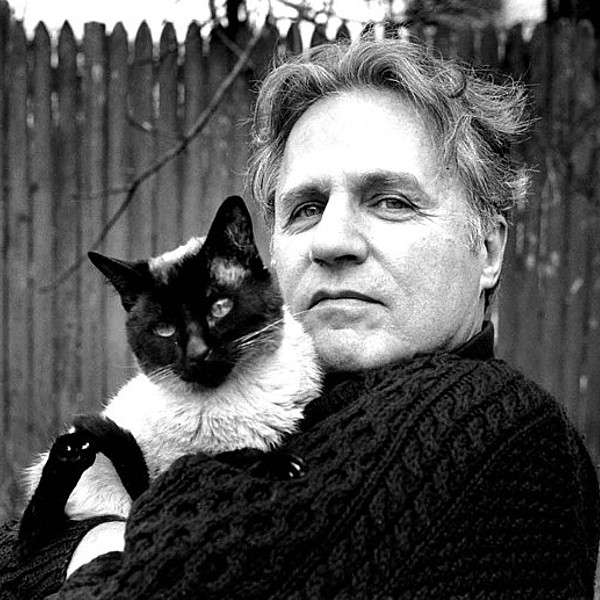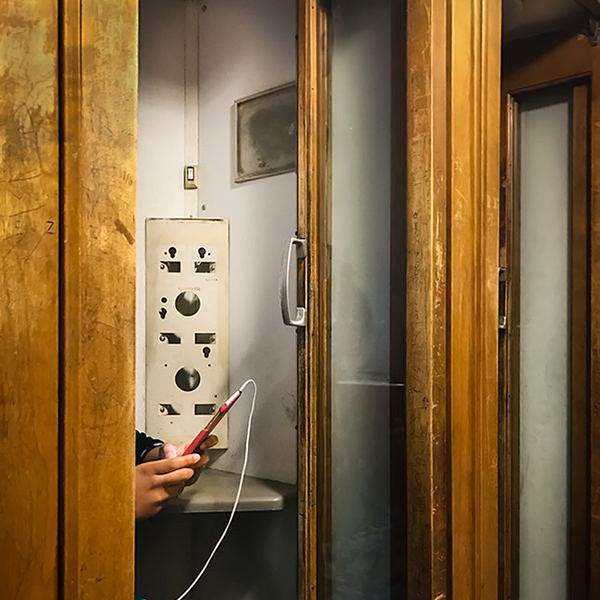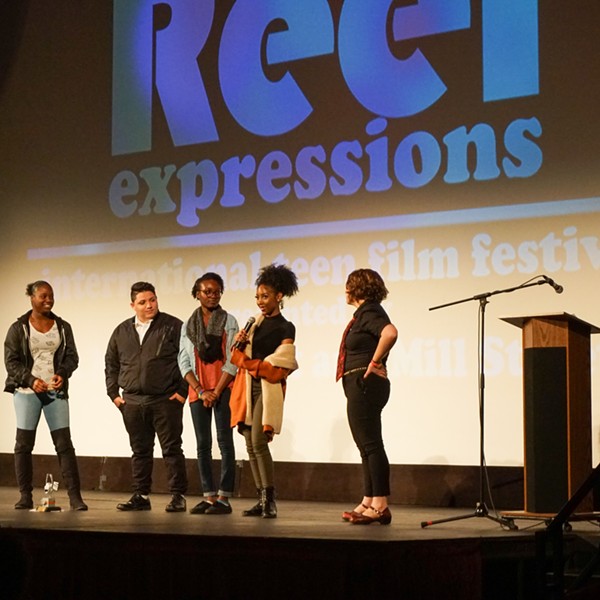Many of the prints are presented as ovals, an affectation I initially found difficult to accept, but then was surprised at how convincing the images became. When asked why he picked up this habit, Yang extols the freedom of creating within a non-rectilinear space—where you can’t “get stuck in a corner.” “It’s conducive to a certain flowing kind of subject,” he says of the oval, where the content “becomes more of a perceptual whole.”
Yang previsualizes these pictures by means of an elliptical guide on the camera’s ground glass, so that the final vignetted scene is true to what he saw when he shot it. This method speaks to his commitment to maintaining the integrity of the original negative when he prints, an ethos that stands in opposition to the classic manipulations of cropping, enlarging, etc., not to mention today’s nearly ubiquitous digital intrusions.
One can’t help but wonder, since it seems as if Yang has successfully ignored life in the 21st century, how this work can be relevant today. What is the point of making pictures in such a labor-intensive manner in a time when you can reproduce just about any effect (quite beautifully, too) using digital methods of capture or output? Is the popularity of his style (work of this sort sells well in big-city galleries, and the Institute has acquired a number of Yang’s prints for its permanent collection) mainly fueled by nostalgia?
While I suspect a certain amount of wishful escapism, back to “a simpler time,” brings some people to appreciate artwork like John Yang’s, that sentiment would be far from his motives for making it. At the outset, there is the direct, personal response to a subject. The first time Yang went to Thacher Park, in 1987, he found it compelling but was dissatisfied with the pictures he made there. However, he says, “it stayed in my mind.” Then, as he puts it, “the project took over.”
This is the way it is with all artists—they find a subject, or process, and then immerse themselves in it. Each has his or her own method; in Yang’s case, the contemplative shooting approach and the alchemical printing process suited the way he saw his subject. Unlike his photographic predecessors, whose agendas ranged from 19th-century Manifest Destiny to 20th-century Modernism, Yang is postmodern in his singular devotion to following his instincts without regard to a movement or ideology.
In staying true to himself, he has crafted a highly personal and affecting body of work from an ancient, relatively unknown geological formation many miles from his home. He has done it with persistence, extreme physical effort, and deep reflection. Yang’s “lyric journey”—subtle, mysterious, even elusive—is well worth taking.
YANG TO YANG
Excerpt from “A Talk with John Yang,” an artist’s statement by John Yang in which the photographer interviews himself. The full interview is in the catalog Indian Ladder, A Lyric Journey: Photographs by John Yang, published by the Albany Institute of History and Art.
Q. Tell me a little bit about yourself.
A. I am, by upbringing, a Confucian. I am, by nature, a Taoist. I am, by outlook, a Puritan. I’ll leave it at that.
Q. Are there contemporary photographers or artists you admire?
A. I don’t know how contemporary they are, but I very much admire the early work of Robert Frank—Lee Friedlander, too. I can’t really comment on the current photographic scene because I haven’t kept up.
I very much admire the books of Ed Ruscha. Folk art, too, appeals to me. I also like Edward Hopper. Critics say a few nice things about him, only to go on to dismiss his work. John Adams, the writer and photographer, said—and I agree—that he has a photographer’s eye. In his paintings I hear an unearthly silence.









